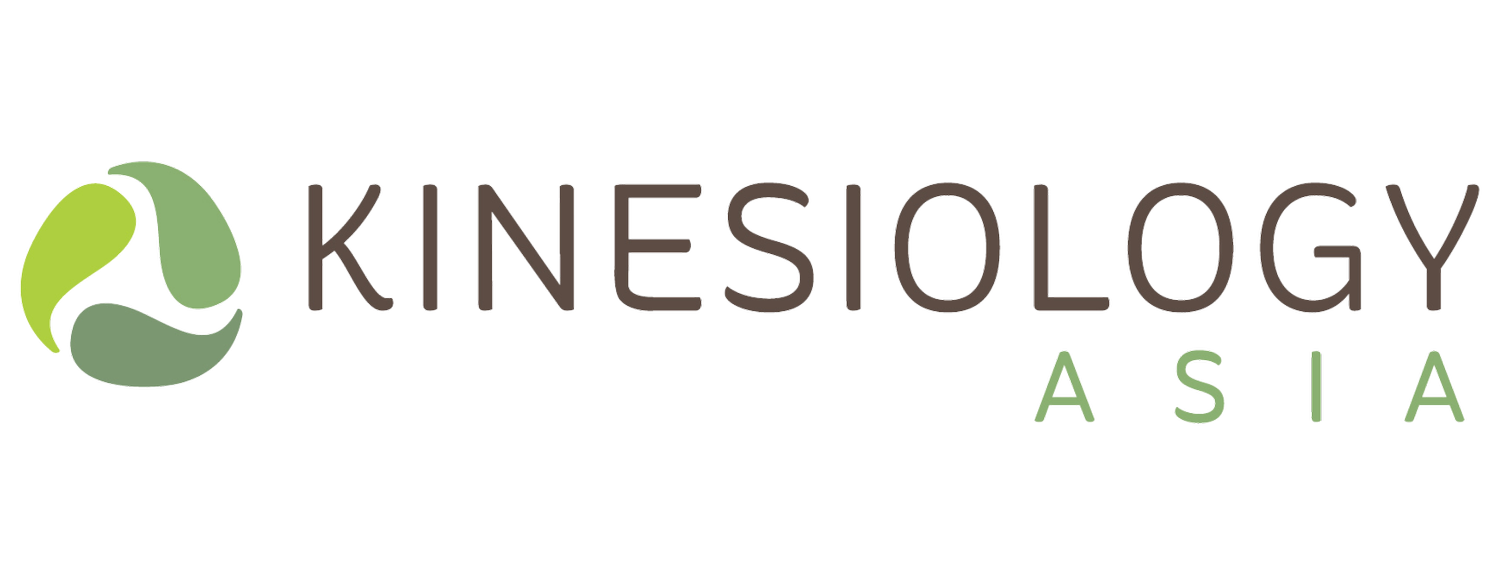Your transformation begins here
-
What is kinesiology?
Kinesiology was developed in the 1960’s by Chiropractors in the United States. Since then it has developed into a therapeutic modality in its own right. In fact, Kinesiology is now the world’s fastest growing natural therapy. Kinesiology uses muscle monitoring to assess and correct imbalances in the body’s different structures.
In the Kinesiology model there is a connection between anatomy & physiology, psychological and emotional states, and the energetic structures of an individual. Physical structures, such as the muscles, bones, organs, hormones, etc. are interdependent with our beliefs, attitudes and feeling states. And all of this is intimately tied in with our energetic structures, such as the nadi-chakras and Chinese meridian system.
The primary tool of Kinesiology, muscle monitoring, allows the practitioner to identify blocks and disturbances in the energetic structures that are impacting on the central nervous system function, and ultimately, on an individual’s health and well-being. Once these stressors are identified, the muscle monitoring then helps indicate what would be the most appropriate technique to address the block and bring the body back into balance. This eliminates the need for guesswork or subjectivity, thereby making the process very efficient.
The correction techniques used include acupressure, reflexology, emotional stress diffusion, sound & light healing, and chakra balancing. Other techniques can be employed according to the practitioner’s training. This flexibility makes Kinesiology complementary for other therapy modalities. For example, Kinesiology has been successfully integrated into the practices of Naturopaths, Homeopaths, Herbalists, Nutritionists and Traditional Chinese Practitioners, among others.
-
Types of kinesiology
It is important to understand that there are three different disciplines that use the title “Kinesiology”. Interested people, who are new to Kinesiology and unaware of this, are easily confused or mislead when they try to research what Kinesiology is about. The three disciplines include “Academic Kinesiology” (Biomechanics), “Applied Kinesiology” (Chiropractic specialisation) and “Energetic Kinesiology” (sometimes referred to as Specialised Kinesiology). It is the latter discipline, Energetic Kinesiology, which we teach and practice at Kinesiology Asia (KA). Throughout this guide we will use the simplified term “Kinesiology” to denote “Energetic Kinesiology”, specifically.
-
Neuroenergetic Kinesiology
Even within the field of Energetic Kinesiology there are many different modalities. These modalities all build from the same foundation principles, but vary in their interpretation and application of techniques. At KA, our courses are built primarily around Neuroenergetic Kinesiology (NK), as developed by Hugo Tobar, one of the world’s modern leaders of Kinesiology.
One of the key characteristics that make NK a unique modality is Tobar’s extensive development of acupressure formatting systems in all areas of the human anatomy, physiology and energetic structures, along with a holographic model of reality. The use of this combination allows the practitioner to be extremely specific in the area of focus and enquiry, and thus increase the depth of balance achieved.
